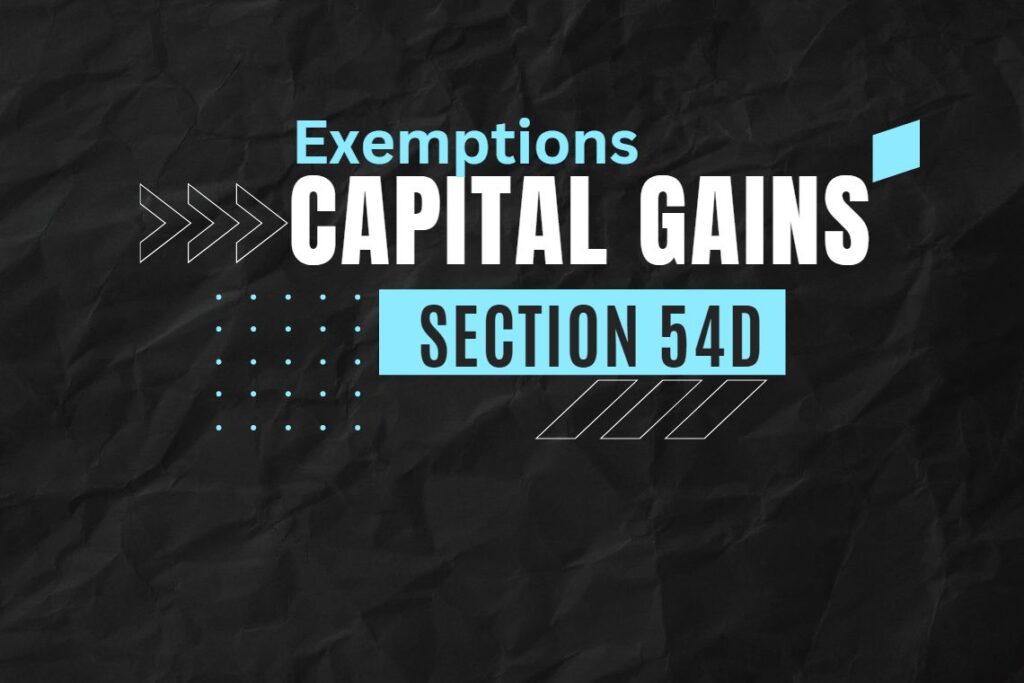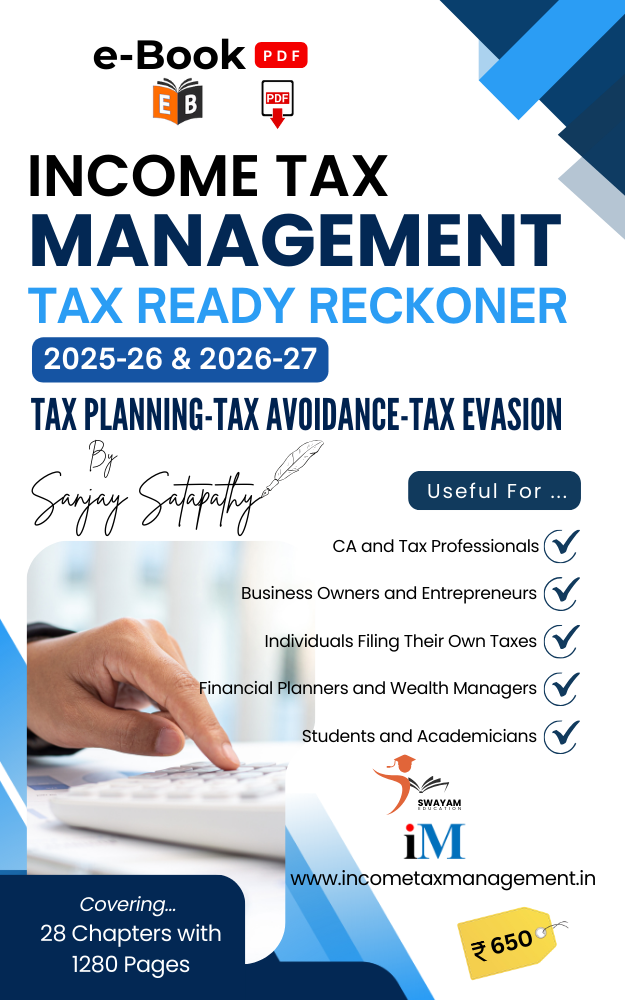Introduction
In the world of business and finance, it is not uncommon for companies to convert their stock-in-trade into capital assets. This conversion can have significant implications for the company’s financial statements, tax liabilities, and overall profitability. One important aspect to consider in such conversions is the capital gain that may arise as a result. In this blog post, we will delve deeper into Section 28(via) of the tax code, which specifically deals with the capital gain on the conversion of stock-in-trade into capital assets.
What is Section 28(via)?
Section 28(via) of the tax code is a provision that governs the taxation of capital gains arising from the conversion of stock-in-trade into capital assets. It states that any profits or gains arising from such conversions shall be deemed to be the income of the previous year in which the conversion took place.
This provision is applicable to all individuals, businesses, and entities who have converted their stock-in-trade into capital assets. It is important to note that the capital gain arising from such conversions is subject to taxation under the Income Tax Act.
Calculation of Capital Gain
The capital gain on the conversion of stock-in-trade into a capital asset is calculated by subtracting the cost of acquisition from the full value of consideration received or accruing as a result of the conversion.
The cost of acquisition includes the purchase price of the stock-in-trade, any incidental expenses incurred during the acquisition, and any other costs directly attributable to the acquisition. On the other hand, the full value of consideration includes the fair market value of the capital asset as on the date of conversion.
Tax Implications
As per Section 28(via), the capital gain arising from the conversion of stock-in-trade into capital assets is subject to tax under the head ‘Capital Gains’. The tax rate applicable to such capital gains depends on the nature of the asset and the period of holding.
If the capital asset is held for more than 36 months, it is classified as a long-term capital asset, and the applicable tax rate is lower compared to short-term capital gains. Conversely, if the capital asset is held for 36 months or less, it is classified as a short-term capital asset, and the applicable tax rate is higher.
Conclusion
Section 28(via) of the tax code plays a crucial role in determining the tax implications of converting stock-in-trade into capital assets. It ensures that any profits or gains arising from such conversions are subject to taxation under the Income Tax Act. Businesses and individuals should carefully evaluate the tax implications and consider consulting with tax professionals to ensure compliance with the provisions of Section 28(via).












